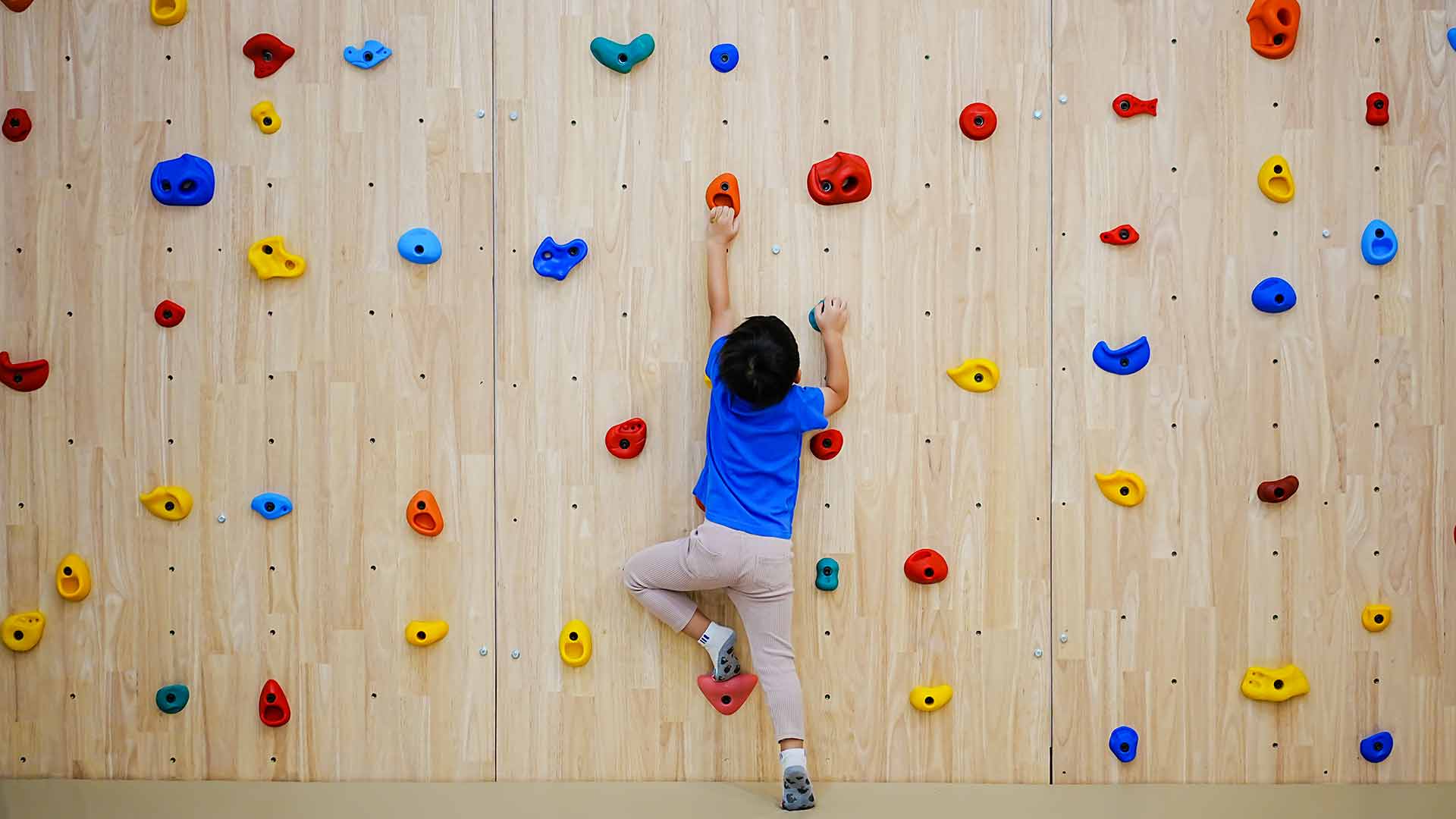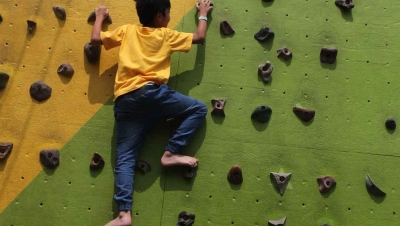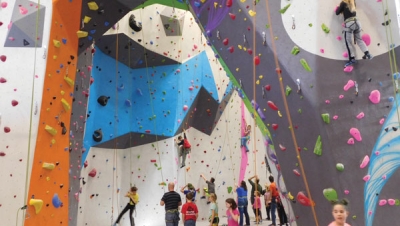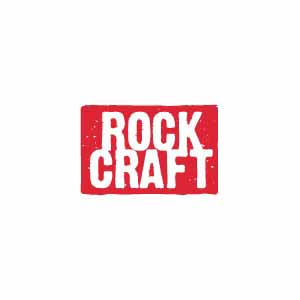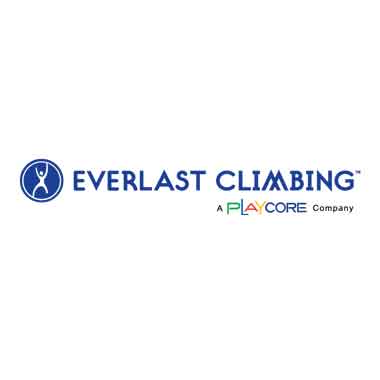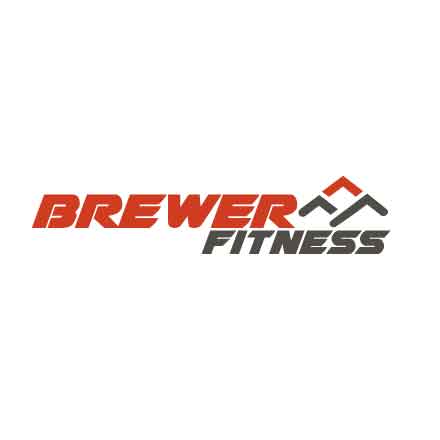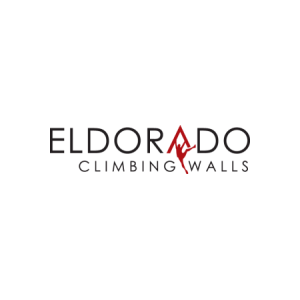Q. Today's fad is leaning toward rock and wall climbing. How do we complete an audit on this type of equipment? Many of the hand/foot holds protrude beyond the 3-inch gage; does this fail? Other hand/foot holds do not sit flush, creating a possible entanglement. Do we then fail a piece of equipment due to possible entanglements or protrusions?
A. The location of the rock climbing wall has everything to do with whether or not the playground equipment standards would apply. If the rock climbing wall is a separate event outside of the playground such as a rock climbing wall in a community center then it is considered athletic equipment and the playground standards would not apply. There are rock climbing associations with very stringent guidelines that relate to rock climbing walls.
When the rock climbing wall is either attached to a composite playground structure, or free-standing and intended to be in the playground environment, then the ASTM F1487 Standards for Public Playground Equipment would apply. If the hand or foot hold fits inside of the largest projection gauge, then no portion of the handhold or foothold may project beyond the face of the gauge.
As far as entanglement is concerned the only way the entanglement standards apply is if the object fits inside the projection gauges. If the object does fit within one of the three gauges, then it may not increase in diameter from its initial surface because this would create a hook. The projection may not have a perpendicular surface that projects above a horizontal greater than 1/8 of an inch. If the projection is horizontal or below horizontal, the 1/8 inch consideration does not apply. Please remember a CPSI does not "fail" equipment, he or she simply finds it compliant or non-compliant.
Q. When designing and/or auditing existing playgrounds, what are the guidelines for benches, perimeter fencing, etc.? Are they to be included in the audit? I've seen benches, fencing, and trash cans with protrusions, head and neck entrapments, and other possible concerns. Do they have to follow the guidelines set by CPSC, or ASTM's standards?
A. The changes to the ASTM F1487 standard clearly state that benches, signs, and playground borders are not playground equipment and are not subject to being audited or inspected using those standards - even when they are located within the perimeter of the playground. The scope of the standard very clearly points out what it is intended to address. Our injury data does not indicate that there is a history or pattern of injury associated with head entrapment in benches. There is also no requirement to have a fence around playgrounds. The CPSC asks that the owner give consideration to separating the playground from border hazards if the hazards are located close enough to the playground to present a danger to the children. The ASTM Public Playground Standard does not address fencing or the need for fencing. There is an ASTM Standard F2049 that does address fencing used to contain a playground. If you are considering putting a fence around the playground the ASTM Fencing Standard can be used as a guide to determine the nature and design of the fence based on the need for the fence.

